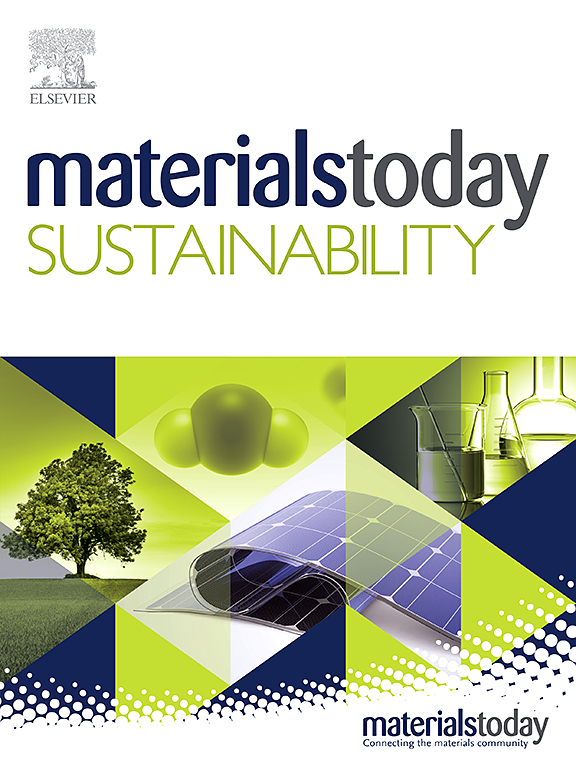释放树皮的潜力:从提取物到高附加值产品材料的方法综述
IF 7.1
3区 材料科学
Q1 GREEN & SUSTAINABLE SCIENCE & TECHNOLOGY
引用次数: 0
摘要
树木的收获通常导致树皮生物量作为原料的可用性。据估计,2021年,木材加工部门生产了大约2亿立方米的树皮。尽管通常被认为是废物或低价值的副产品,但这种可持续的原材料具有吸引人的特性,因为它具有复杂的化学和结构,可以作为活树的多功能屏障。因此,大多数关于树皮利用的研究都集中在提取有价值的化合物和生物活性物质上。为了提高树皮的利用效率和经济可行性,提出了一种生物精制树皮的方法。然而,相对较少的研究一直致力于探索和提高树皮为基础的产品,特别是结构材料。因此,本文旨在介绍树皮化学和物理性质的潜在应用,重点是结构材料。简要概述了树皮的结构和化学性质,然后检查了树皮的物理特性,如密度、力学、热性能和热值。最后,讨论了树皮生物质作为结构材料的潜在应用前景。本文章由计算机程序翻译,如有差异,请以英文原文为准。
Unlocking the potential of tree bark: Review of approaches from extractives to materials for higher-added value products
The harvest of trees typically results in the availability of bark biomass as raw material. In 2021, it is estimated that the wood processing sector produced approximately 200 million cubic meters of bark. Despite being commonly regarded as waste or a low-value by-product, this sustainable raw material possesses appealing properties because of its intricate chemistry and structure, which serve as a multifunctional barrier for living trees. Consequently, the majority of studies on the utilization of bark have focused on the extraction of valuable chemical compounds and bioactive agents. A biorefinery approach for bark was proposed to improve the efficiency and economic feasibility of bark utilization. However, relatively few studies have been dedicated to the exploration and enhancement of bark-based products, particularly structural materials. Therefore, this review aims to describe the potential applications that exploit the chemical and physical properties of bark, with an emphasis on structural materials. A brief overview of the structure and chemistry of tree bark is provided, followed by an examination of physical characteristics such as density, mechanics, thermal properties, and caloric value. Finally, the potential applications of bark biomass as a structural material are discussed.
求助全文
通过发布文献求助,成功后即可免费获取论文全文。
去求助
来源期刊

Materials Today Sustainability
Multiple-
CiteScore
5.80
自引率
6.40%
发文量
174
审稿时长
32 days
期刊介绍:
Materials Today Sustainability is a multi-disciplinary journal covering all aspects of sustainability through materials science.
With a rapidly increasing population with growing demands, materials science has emerged as a critical discipline toward protecting of the environment and ensuring the long term survival of future generations.
 求助内容:
求助内容: 应助结果提醒方式:
应助结果提醒方式:


